Plaza de España, sitting at the end of the Gran Via on the north-west side of Madrid's old town, has something to bring tourists in by the bus load – a photo-opportunity with Don Quixote. It is here that the most famous monument to Spain's most famous author, Miguel Cervantes, was erected in 1930. But it's not the granite statue to him around which the sightseers throng. Instead it's the bronze of Don Quixote – lance-in-hand and ready to tilt at the next windmill – that draws the crowds.The square of Plaza de España was built in 1911, after a long century of debate over what to do with this prime space in the capital. The idea for placing a monument to Cervantes (and Don Quixote) here came with the 300th anniversary of the publication of the author's most-famous work, in 1915. The monument wasn't completed until 1957, but now makes for a fantastic impression – with Cervantes gazing knowingly down from his 18-metre high tower, onto his world-famous characters.The Plaza had some other additions, in the years the monument was being completed – two of Madrid's first skyscrapers, which are still among the tallest buildings in this low-rise city. The first, the Edificio España, reaches 25 storeys high complementing the square. The second, the Torre de Madrid, is much higher at 36 floors, and doesn't fit quite so neatly onto the Plaza de España. But it was the tallest building in Europe, until 1967.The Plaza is also a scene of historical tragedy. In 1808, after a clumsy occupation of Madrid by Napoleon, the city rose up against the French. The Dos de Mayo (2nd of May) is the name given to that revolt, which was only briefly successful. The French army regained control, and the next day all prisoners who had carried arms against them were shot. The spot? Here, where the Plaza de España was to be, a place made legend by Goya's famous painting 'El tres de mayo de 1808 en Madrid'. Not all the Plaza's heroes are fictional, it would seem.
Plaza de España Tours and Activities

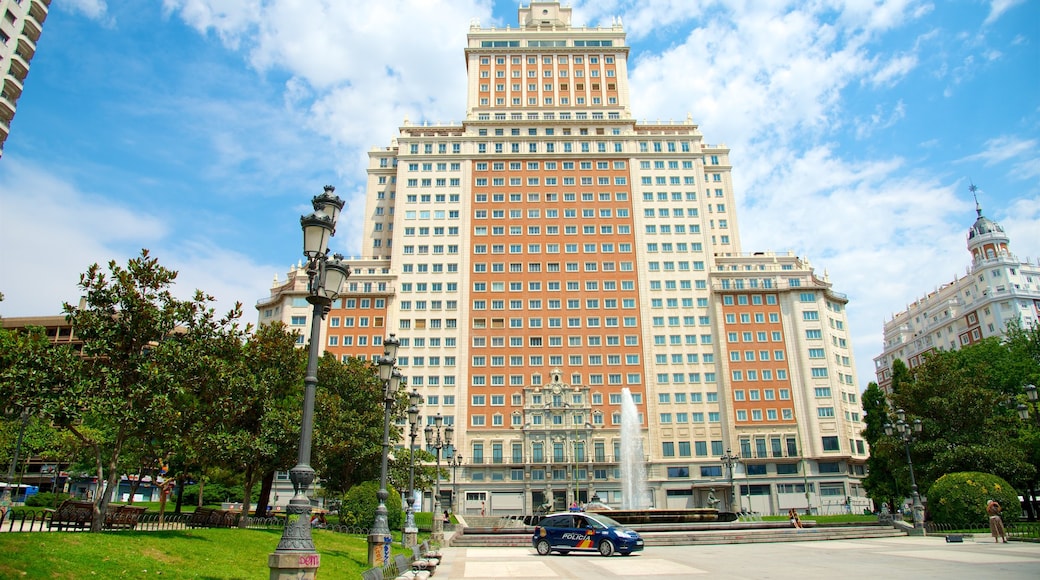
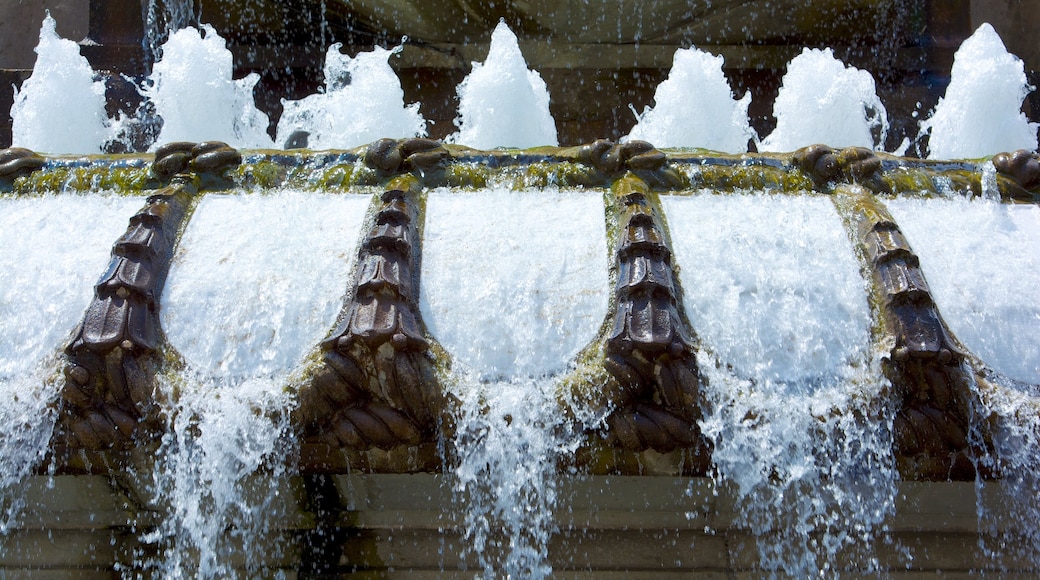
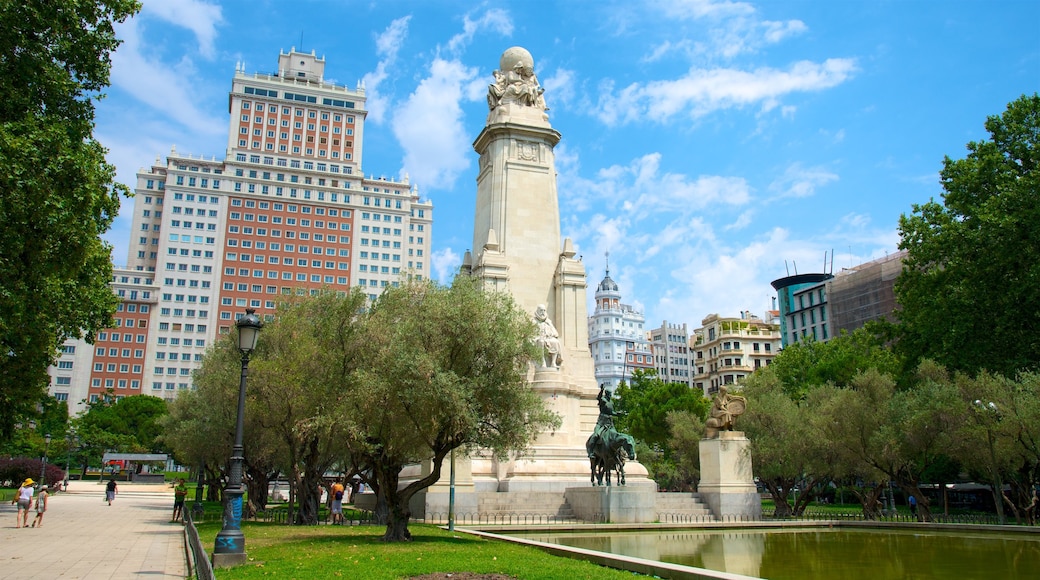
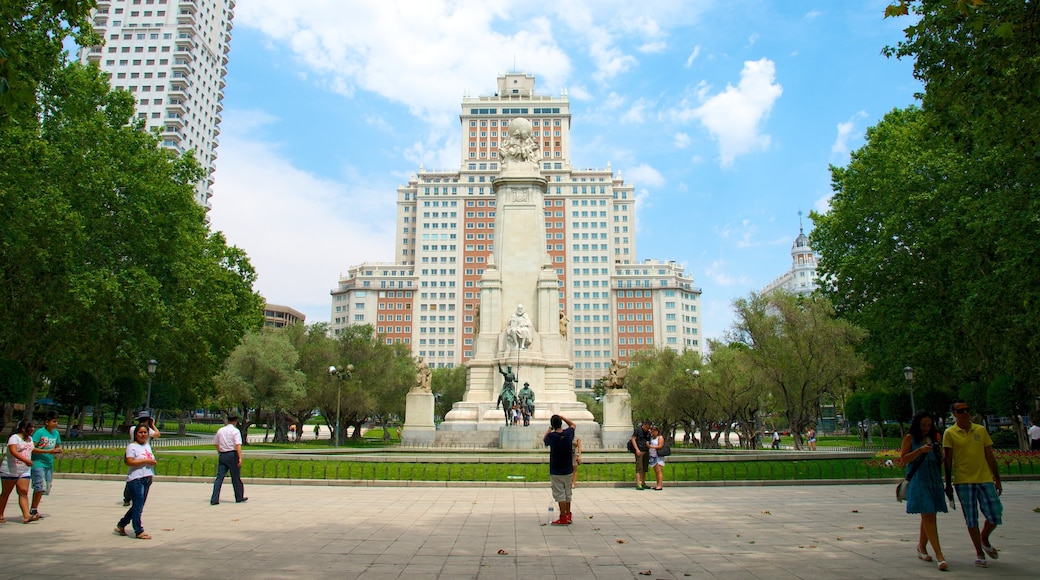
Visit Plaza de España
Tours & day trips
See all 34 activities
Day trip to Zahara, Setenil and Ronda from Seville
Private & custom tours
See all 21 activities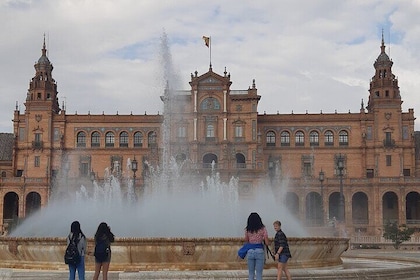
Private 2-Hour City Tour of Seville
Weddings & honeymoons
See all 3 activities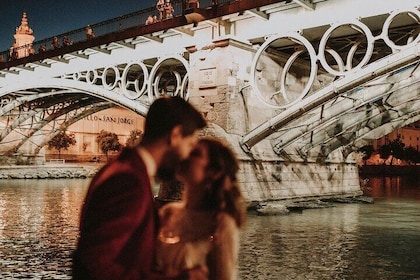
Romantic boat ride 1h (private)
Popular places to visit
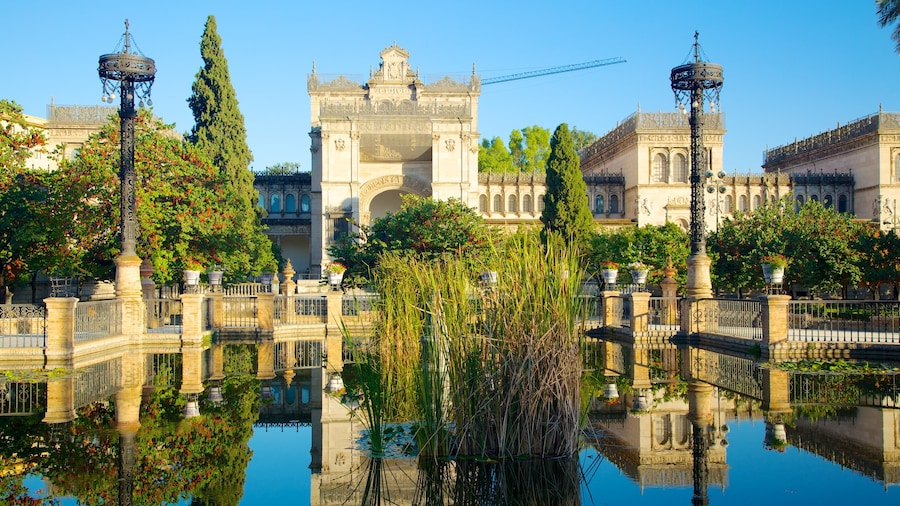
Maria Luisa Park
Go for a wander in one of the largest parks in Seville, a landscaped public space with a canal, leafy avenues, museums, water features and historic buildings.
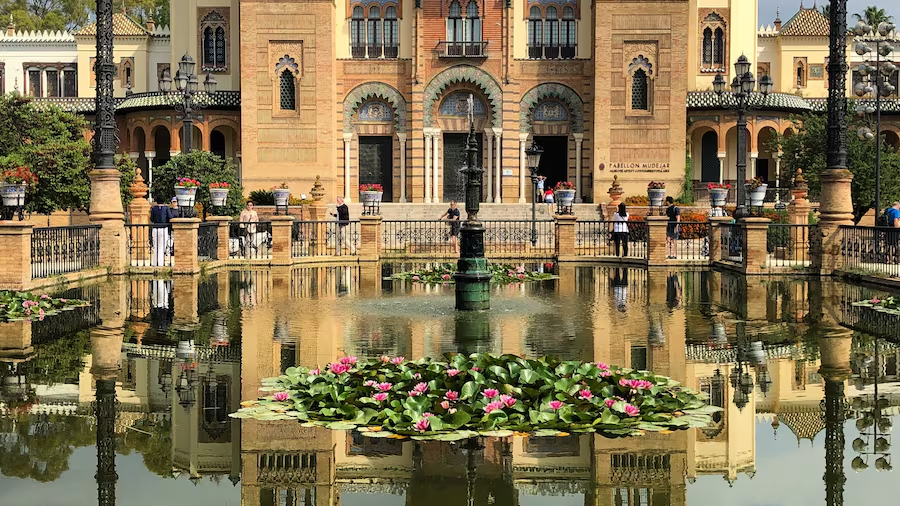
Popular Arts Museum
You can study the exhibits at Popular Arts Museum, a museum with a story of its own, during your trip to Paseo de Las Delicias. Visit the shops and lively bars in this culturally rich area.
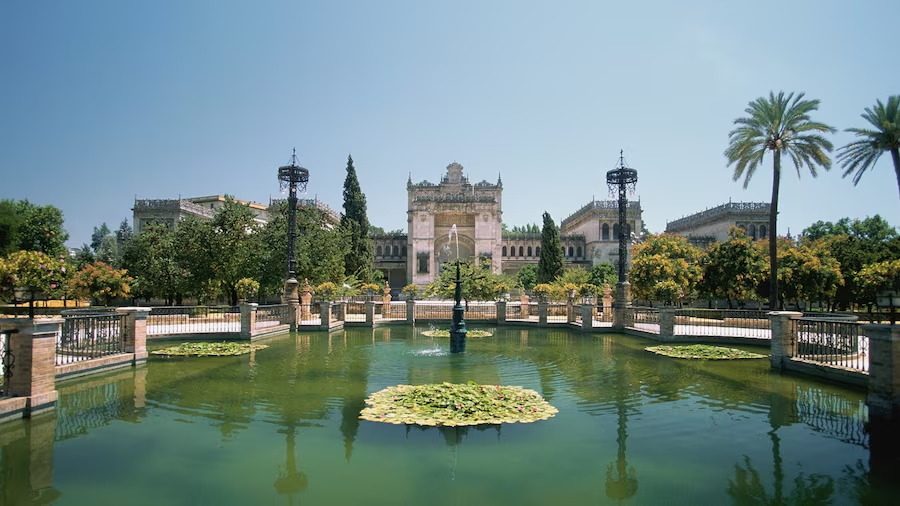
Plaza de America
You can find out about the history of Paseo de Las Delicias with a trip to Plaza de America. Visit the shops and top-notch restaurants in this romantic area.
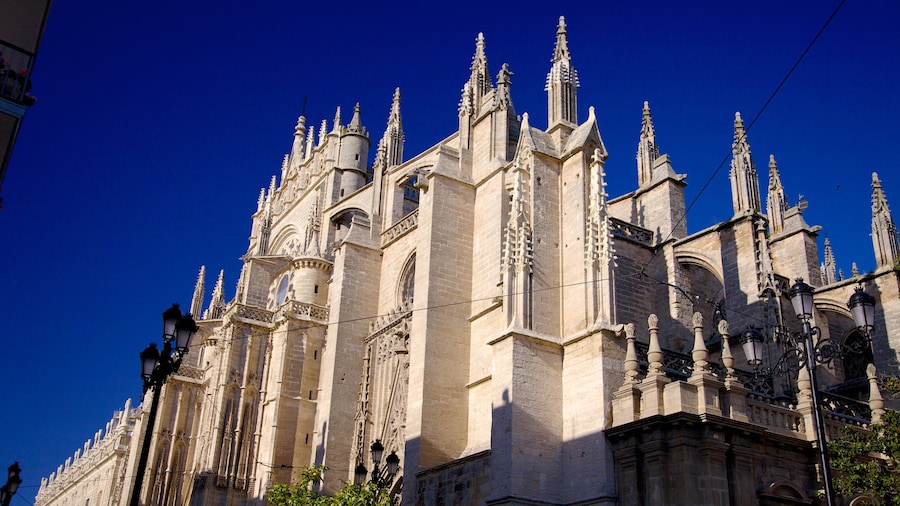
Royal Alcázar of Seville
This group of palaces and gardens in central Seville has been built and rebuilt over hundreds of years, forging a sensational combination of architectural styles.
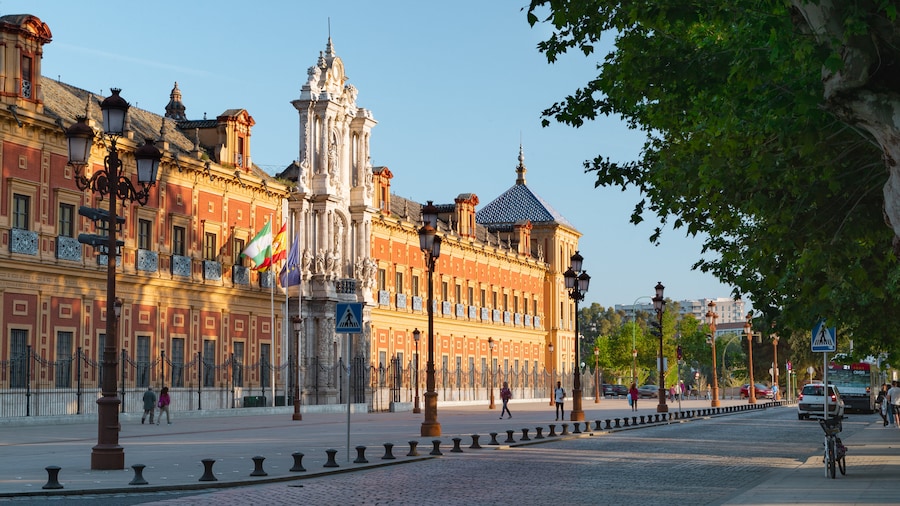
San Telmo Palace
Tour the striking interior and exterior of a palatial building that serves as the headquarters of the president of the autonomous region of Andalusia.
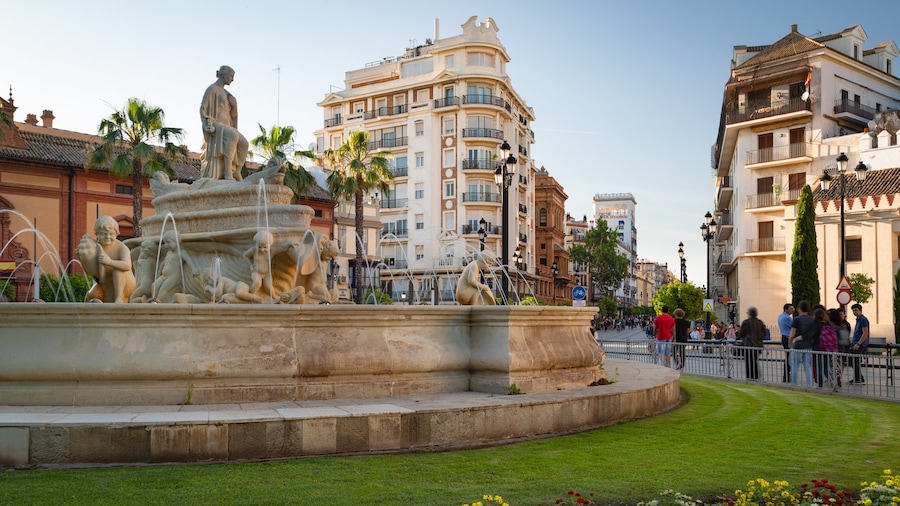
Plaza de Puerta Jerez
As you tour Seville's historical center check out this beautiful open space and the old buildings and garden it sits by.
Top Plaza de España Hotel & Accommodation Deals
Check availability on hotels close to Plaza de España

























